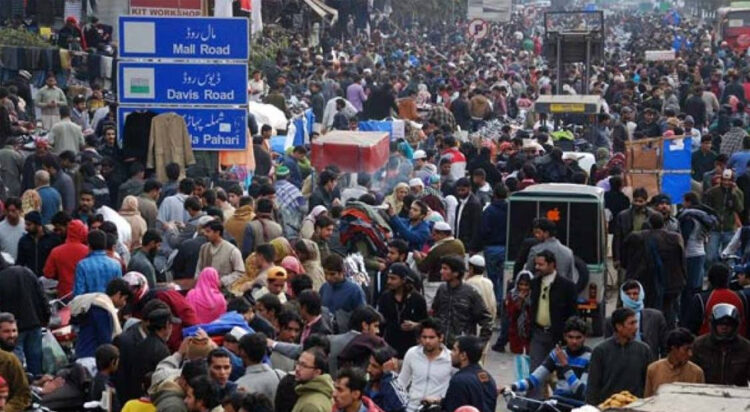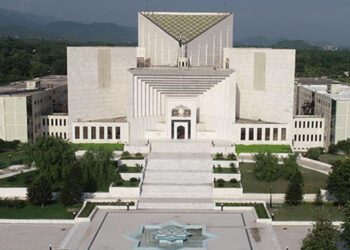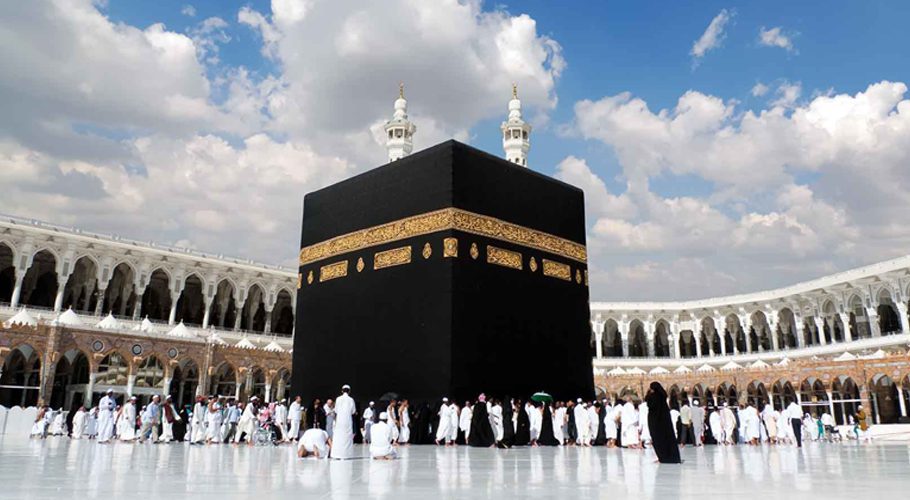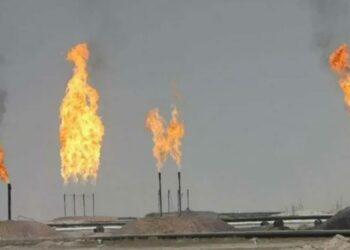Pakistan’s population growth rate, currently the highest globally and regionally, is projected to double by 2050, according to a recent report by the Pakistan Bureau of Statistics (PBS).
The report emphasizes a significant population increase recorded in 2023, following the 2017 census. It projects that if the current growth rate persists, Pakistan’s population could reach an alarming figure by mid-century.
Key findings from the report highlight various demographic complexities. The population includes a diverse mix of over 21 million people from different nationalities such as Afghanis, Bengalis, Chinese, and others, alongside considerable religious diversity.
Education remains a critical issue, with over 25 million children aged 5 to 16 out of school nationwide, highlighting significant challenges in educational access. The report also notes a substantial portion of the population living with disabilities.
Despite improvements in literacy, disparities persist, with the national literacy rate at 61%. There are notable gaps between male literacy (68%) and female literacy (53%).
Provincial breakdowns reveal significant disparities in educational access. Millions of children are out of school in Punjab, Sindh, Khyber Pakhtunkhwa, and Balochistan, underscoring the urgent need for targeted educational reforms across the country.


































